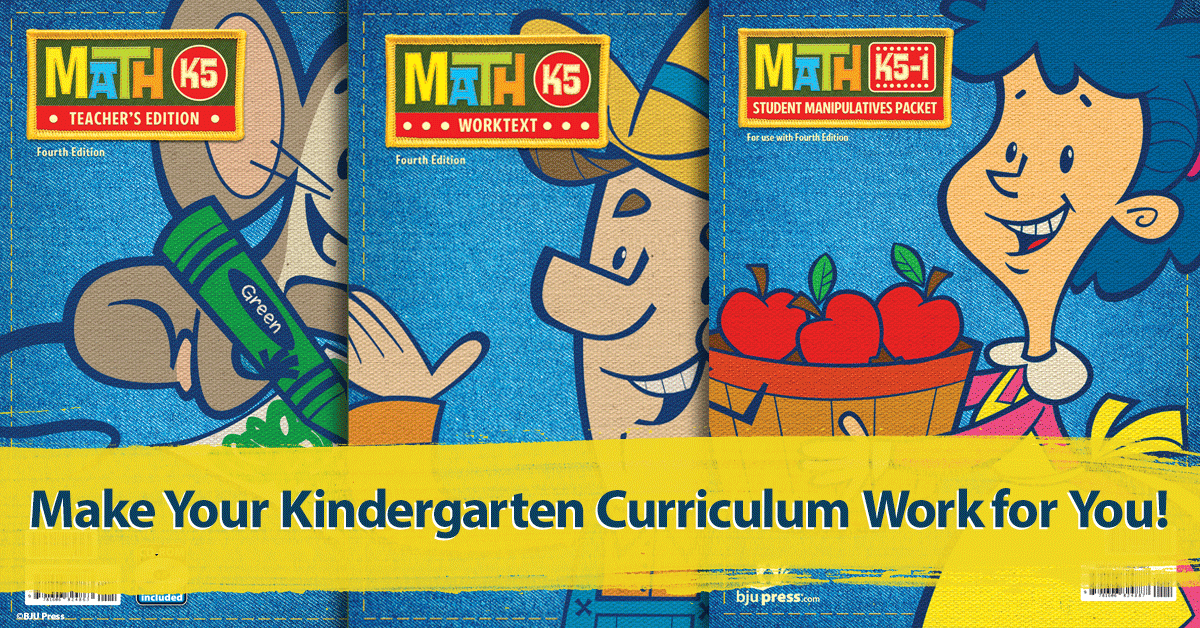The research paper is the most difficult part of any English course—almost universally dreaded because of its difficulty. Most students would rather avoid it. As much as students dislike doing the research paper, teaching and grading it is just as intimidating. While I was working on my MA in English, I was also a graduate assistant in the English department, and teaching and grading research papers became my life for the better part of two years. Even with my background in English, I had some of the same fears you probably have as you teach your child about research papers. I worried that I wouldn’t be able to answer my students’ questions or that I’d teach them wrong. Here are three helpful things I learned from teaching college freshmen about writing research papers.

1. Assign More Than One Paper
I always handed out questionnaires on the first day of class to ask my students what kind of writing they had already done. I liked the interesting responses to that question. Some regularly wrote on a blog while others had written short stories. Almost invariably, the students who had written research papers regularly in high school (once a year or more) did better on their first college-level research paper than those who hadn’t.
You can encourage your child to develop his thinking by assigning different kinds of research papers, and not just for English class. You can assign comparison-contrast papers in history, persuasive papers in economics, argumentative papers in biology, analytical papers in literature, or simple informative papers in science.
2. Let Them Write About What They Like
Because of English department requirements, every student in my class had to write about energy technology and policy, a topic even I found boring. It was hard to watch students who were beginners at writing struggle with both a lack of understanding about writing as well as a strong dislike for the subject. If it’s your child’s first research paper, there’s no reason he shouldn’t have some fun with it.
Letting your children pick their own topics or assigning them a topic they’re interested in can be a great way to encourage them to write, especially if they’re reluctant or young writers. Though writers also need to know how to write well about topics they aren’t interested in, it’s better and more encouraging for them if their first experience with a high school assignment is on a topic they enjoy.
3. Require Them to Make a Good Outline
An outline can make or break a research paper. If the writer has a solid outline, he’ll have a solid paper. But if his outline is faulty, the paper won’t work. With fifty or more students, I couldn’t make sure every student had a good outline before I let them start writing the paper, but in a homeschool situation you can.
An outline is like a snapshot of the entire paper. It should quickly show the reader the overall structure of the paper—the argument, the reasons for that argument, and the support for those reasons. For most papers, the main points should all explain why the thesis is true. The subpoints all explain how the corresponding main point is true. If the outline includes sub-subpoints, these should show research that supports the how’s of the subpoints. If the main points and subpoints follow these guidelines, then the thought behind the paper should be accurate, and your child can focus on style and grammar as he presents the content. If the outline doesn’t follow these guidelines, then he isn’t ready to write yet. So make sure your child has the outlining done properly before writing the rest of the paper.
BJU Press’s Writing & Grammar courses put a strong emphasis on research paper writing and suggest many options for research papers in different subject areas.
Do you have any other research paper writing topics you’d like me to cover or tips you’d like to share? Feel free to comment with your questions or suggestions!






